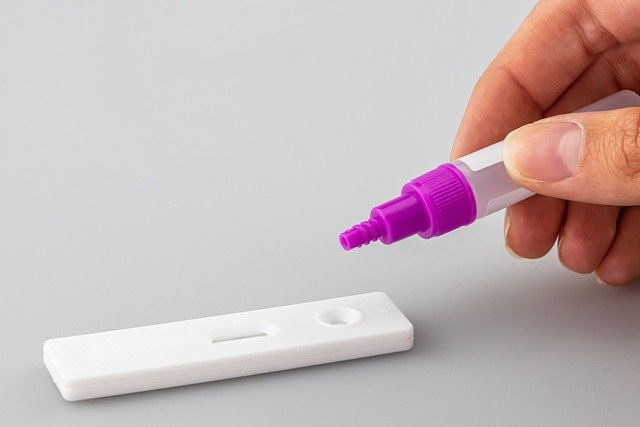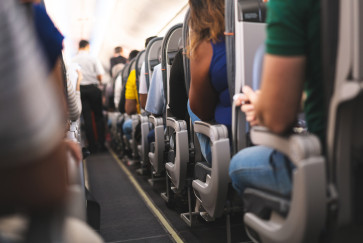Test-to-stay programs in pre-K-8 schools minimize new COVID-19 infections and can help reduce the need for prolonged quarantines for exposed individuals, reports a new Northwestern Medicine study.
The study's findings are congruent with results from test-to-stay (TTS) programs in New Jersey, Utah and Massachusetts. This is the first study to estimate days of learning saved by test-to-stay programming in an elementary and middle school setting.
TTS is the use of contact tracing and high-frequency, low-barrier testing that allows school-associated close contacts who are not fully vaccinated to continue in-person learning during their quarantine period.
The study was a retrospective analysis of the incidence rate of COVID-19 in the Campbell Union School District (CUSD) in San Jose, California. The study authors compared students in CUSD who participated in a test-to-stay program starting in September 2021 (6,186 students) with students from a similar (in size and demographics) school district in Lincoln, Nebraska that did not offer a TTS program option. It found those who participated in TTS had fewer COVID-19 infections and saved an estimated 8,088 days of in-person instruction that would have been missed if they had needed to quarantine after an exposure.
The study was published August 13 in the journal Public Health. It was conducted before the CDC on Aug. 11 loosened their isolation guidelines to no longer recommend unvaccinated people quarantine at home after an exposure, thus opening the door to more schools adopting test-to-stay programs.
“Test-to-stay is a great model that I wish more schools would implement because we have shown it is a way to keep kids in classrooms while still working to minimize the unnecessary spread of the virus,” said lead author Dr. Regina Royan, emergency medicine research fellow and clinical instructor of emergency medicine at Northwestern University Feinberg School of Medicine.
A total of 3,794 COVID-19 tests were reviewed. There were 90 positive tests among those who participated in the TTS program and 1,052 among those who did not. Of the close contacts who participated in TTS, 2,648 remained negative for COVID-19, and two tested positive. The incidence of COVID-19 among individuals who participated in TTS was 0.21% compared to 2.49% among individuals who did not participate. Those who participated in TTS were 90.4% less likely to test positive in a given week compared to those who did not participate, the study found.
The study points out that students in the U.S. experienced full or partial school closure for 71 weeks with the greatest number of closures occurring in 2020. This led to the upheaval of traditional in-person education, interruption in learning, inequitable technology access, social isolation and limited access to quality nutrition and safe environments. These school closures disproportionately affect minority and low-income families, further widening the disparity of education and health in the USA, the study authors wrote.
“Persistent absenteeism due to COVID-19 is detrimental to child development, impacting social and emotional well-being, access to nutrition and learning,” the study authors wrote. “Quickly identifying students, staff and close contacts who test positive for COVID-19 can mitigate infection spread amongst school systems, thus maximizing in-person education for students.”


